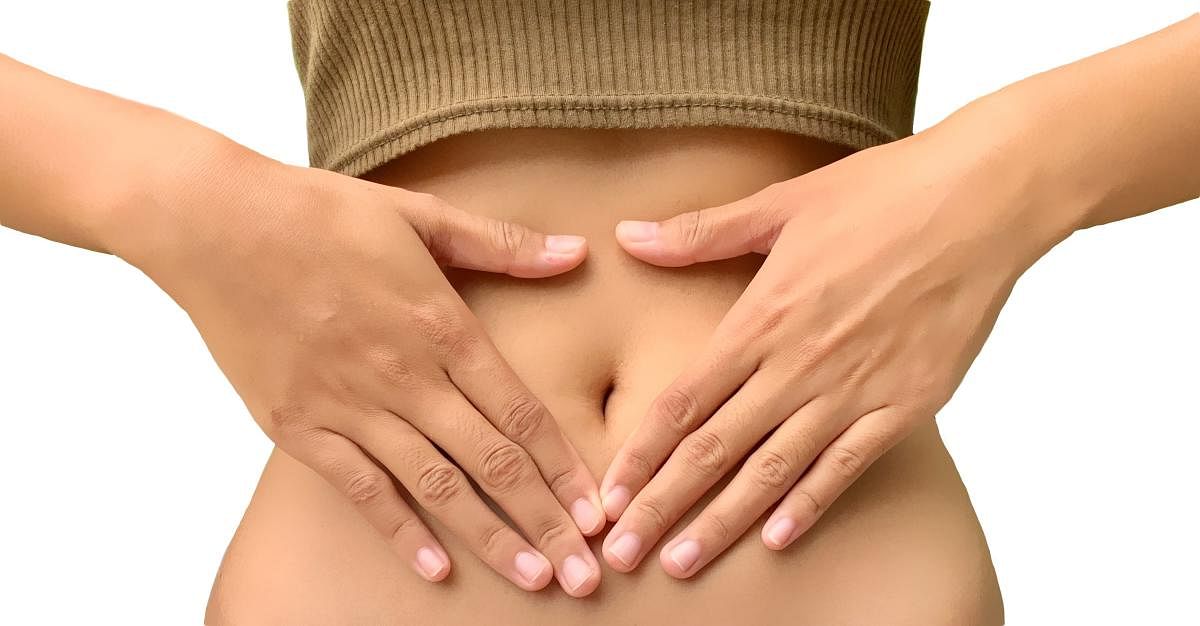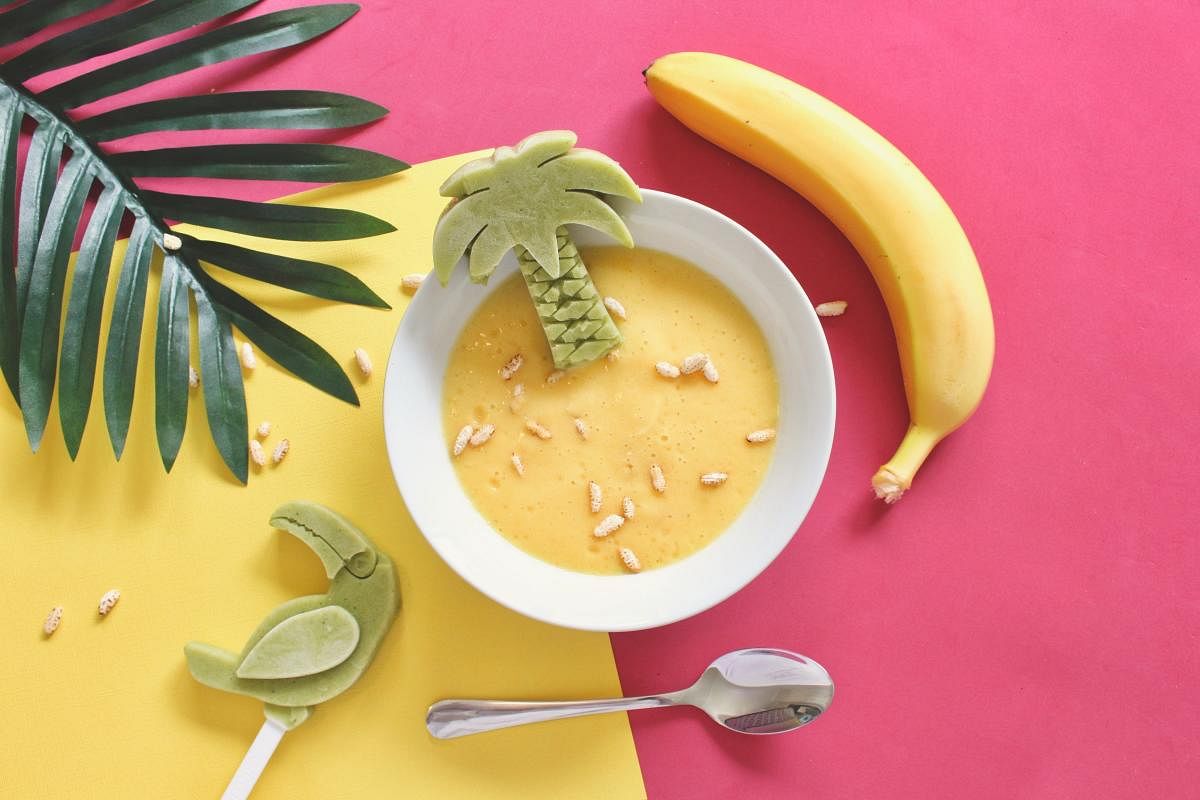

Staying abreast with the barrage of information flow on gut or digestive system health during the pandemic has been challenging enough as keeping our immunity up meant good gut health. People are now focusing on probiotics but what about prebiotics, postbiotics, synbiotics, psychobiotics etc?
Our gut or digestive tract is home to trillions of bacteria called the gut microbiome. Not just the gut, we also have microbiomes on the skin and in the mouth too. These
good bacteria help our body produce and /or absorb many vital nutrients and have a direct impact on building our immunity against bad bacteria and viruses. Now, let us understand what are pre, pro and postbiotics?
Prebiotics are the food for the microbes
Like we need nutritious food to stay healthy and nourished, good bacteria in our gut also needs nourishment to flourish. The indigestible part of fibre in our diet gets
fermented in our intestines (gut) and becomes feed for the good bacteria. This is the first and foremost function that gut bacteria perform in our body thus supporting digestion and immunity. So, in simple terms prebiotics are the ‘fuel or nutrition for the good bacteria’ in our gut.
Prebiotics are naturally present in most plant-based foods, like whole grains, pulses, fruits and vegetables. Some of the rich sources of prebiotics are asparagus, onion,
leeks, garlic, bananas etc.
Probiotics are the live gut bugs
Probiotics are the live and active bacteria themselves. They are very similar to the ones that are naturally present inside our gut. They are cultured in a lab/facility with the aim of replicating the body’s natural bacteria pool or microbiome. These supplements are available over the counter. Most of them require temperature control as the live cultures are stable only at cold temperatures and few are stable at room temperature. The strength of probiotics is measured in colony-forming units (CFU), which tells us the amount of a viable number of bacteria per serving. There is a more precise unit (AFU: active fluorescent units) based on new technology that measures all bacteria/ microbes that are active but not culturable. Some natural sources of probiotics are yoghurt, kimchi, pickles, rice kanji, beetroot kanjis etc. As different strains of bacteria in our tummy perform different functions, you need to choose the type of strain in a prebiotic supplement to meet your health goal.
In the years to come, there will be more on different diseases or goal-specific probiotics. One example — psychobiotics — a specific strain of bacteria that are observed to improve depression, anxiety and general mental health.
Not to forget that probiotics also undergo colonisation resistance. Colonisation resistance is the body’s defence mechanism where the gut microbiome protects
itself against exterior invaders like bacteria that can harm our health. Basically, a very minute percentage of CFU consumed will colonise in our gut, hence long-term consumption is recommended.
Synbiotics are beneficial microorganisms in the gut
They are a mixture of probiotics and prebiotics. When these two are consumed together, it improves the functioning and survival of good bacteria in our gut. We can even make our own synbiotics at home like banana yoghurt smoothie, carrot beetroot kanji, oats kanji, overnight fermented oats etc. When probiotics or live bacteria carry their own food (prebiotics) with them, it can fight the colonisation resistance much better.
Postbiotics are the microbial waste
When probiotics eat prebiotics (food for probiotics), they produce by-products like short-chain fatty acids, vitamins, peptides etc. These by-products are called postbiotics. There is an emerging thought that if colonisation resistance will remain a concern with probiotic supplementation, maybe we need to think in the direction of direct supplementation with postbiotics which will have a more significant impact overall. No long-term evidence is available though. So, until we know for sure through long term studies, natural sources of probiotics in daily diet will do the trick.
Other than these, some natural sources of butyrate (a kind of byproduct) are ghee, butter, beans, peas and nuts. One should incorporate a variety of natural sources of pre, syn, pro and postbiotics in daily eating patterns. If you choose to supplement any of these, make sure you do not have oral or gastrointestinal ulcers, SIBO (small intestinal bacterial overgrowth) or any other gut disorders and /or severe food allergies. In such cases make sure you talk to a qualified nutritionist or your doctor before picking up over the counter supplements. Better yet, get a personalised supplementation plan.
(The author is a senior clinical nutritionist & wellness coach.)